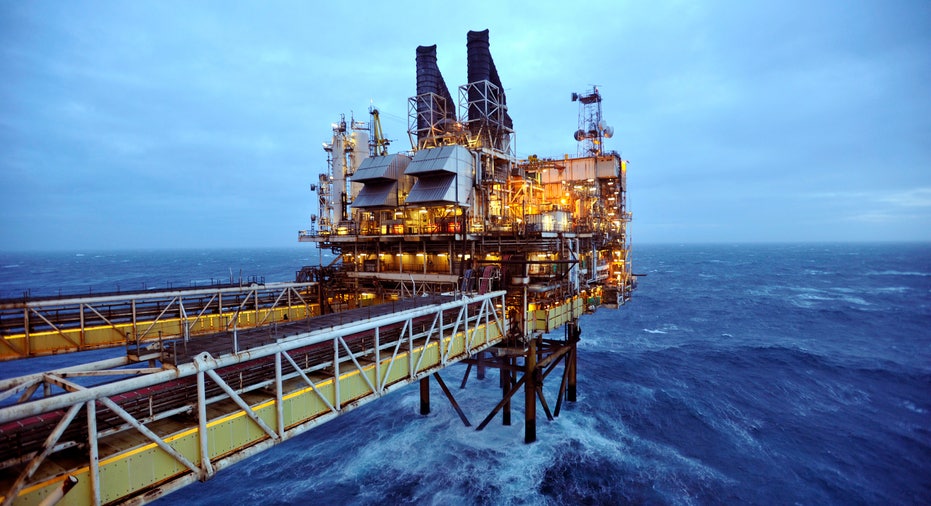Trump Opens Door to More Offshore Oil, But Shale Still King

President Donald Trump is expected to sign an executive order Friday that sets the table for new offshore drilling, although it could take years before oil majors enter the Arctic or Atlantic oceans.
In the last days of his tenure, former President Barack Obama imposed what he deemed a permanent ban on oil drilling in sections of the Arctic and Atlantic. Trump will seek to reverse that ban with an executive order that, according to the White House, initiates a review of which offshore locations are open to oil and gas exploration.
Estimates show significant untapped production. The American Petroleum Institute says oil and gas development is off limits on 94% of federal controlled offshore acreage in the Atlantic, Pacific and Arctic. The Bureau of Ocean Energy Management believes 89.9 billion barrels of oil and 327.5 trillion cubic feet of natural gas have yet to be discovered on the U.S. Outer Continental Shelf. But most oil majors such as Exxon Mobil (NYSE:XOM) have focused their resources elsewhere, mainly shale oil in the U.S.
“What we’re seeing is [energy companies] are focusing all of their time, energy and assets into U.S. shale. I think for the near term, that would probably continue,” said Suzanne Minter, director of client strategy, energy solutions at S&P Global Platts.
Minter added that oil and gas producers could reinvest revenues from U.S. shale plays into new offshore projects. Even so, companies are more likely to turn to conventional offshore rigs in the Gulf of Mexico where the necessary infrastructure is already in place.
"We are pleased to see this administration prioritizing responsible U.S. energy development and recognizing the benefits it will bring to American consumers and businesses,” said Jack Gerard, president of the American Petroleum Institute. "We must particularly look to and embrace the future development of domestic sources of oil and natural gas in the Eastern Gulf of Mexico. Exploration in this area is critical to our national security, and we continue to see our neighbors in Mexico and Cuba pursue these opportunities."
In the Arctic, high expectations for crude oil production have yet to pan out. Royal Dutch Shell (NYSE:RDSA) spent $7 billion on a test well there, but it ultimately walked away from the project in 2015. Obama’s drilling ban in the Chukchi and Beaufort seas came a year later.
ConocoPhillips (NYSE:COP) was invested in the Arctic, too, but suspended its drilling plans in 2013. At the time of its decision, the company cited federal regulations.
“The Alaskan Arctic is a high-cost operating environment,” ConocoPhillips says on its website. “The location is remote, the climate is extreme, and the environmental regulations are some of the most stringent in the country. A good resource base exists in the Alaskan Arctic, but the easy oil is gone; getting to the remaining oil will require greater investment and improved technologies.”
Legal challenges also stand in the way of expanded Arctic drilling. The executive order is expected to ignite a court battle with environmental groups, which have argued that the Obama administration’s ban on drilling in the Arctic and Atlantic oceans can’t be reversed.
“With the stroke of a pen, can Trump reverse those determinations that were made? It’s not entirely clear at this point,” said Brian Scheid, S&P Global Platts’ senior editor of oil news.



















